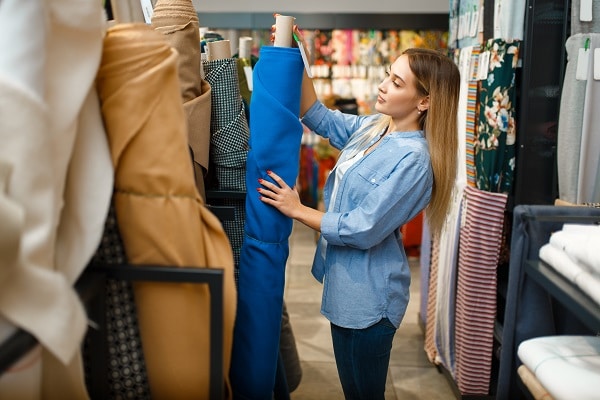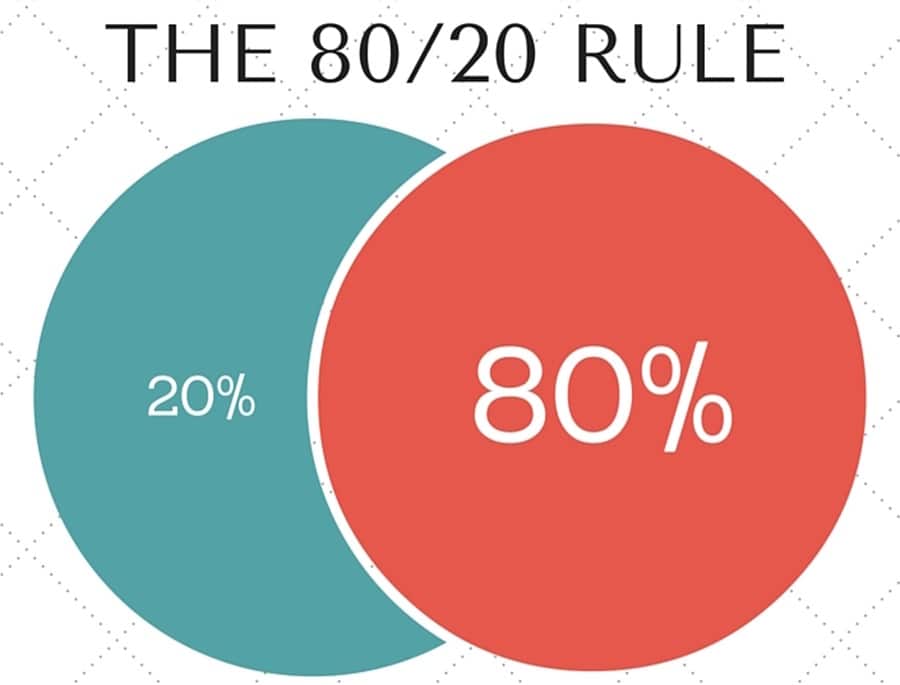Fashion Matters
What you wear impacts the world more than you might know. Your choice of clothes, shoes, and accessories can either nurture people and the planet or add to environmental stresses. The fashion industry, which fuels aspirations, is also among the most polluting industries in the world.
Fashion is responsible for producing 10 percent of all carbon emissions globally, adding to global warming. Textile dyeing is the second-largest polluter of water as dyes are often dumped into ditches, streams, rivers, and washing clothes releases 500,000 tons of microfibers into the ocean annually, the equivalent of 50 billion plastic bottles which never biodegrade. The laundering of synthetic textiles like polyester accounts for 30 percent of plastic pollution in our oceans.
What you wear also drives water consumption worldwide. One pair of traditionally produced jeans requires 2,900 gallons of water to produce, and one cotton shirt consumes 700 gallons of water, enough water for 1 person to drink eight cups per day for 3.5 years.
Uzbekistan, which became a major cotton growing and textile region over the last 50 years, drew water from the Aral Sea, the fourth largest lake globally. The sea is now dried up; all that remains is desert with ponds. This is only one example of the real impact the fashion industry has on the environment.

From Artistry to Disposable
The fashion industry began as an art form, catering to royalty. It remains an industry inspired by creatives, but the sheer scale achieved by mass-market retailers has transformed production, placing an enormous amount of pressure on manufacturers to make more goods at lower costs and faster. This cycle has only intensified with the rise of fast fashion, built on the promise of constant newness and low everyday prices.
But before fast fashion, Charles Frederick Worth, an Englishman, launched the modern version of the industry in 1862. Worth, who began his career as a draper, gave the industry all its basic concepts and strategies, including live models, branded labels sewn into garments, and male-dominated design houses.
Worth is also credited with listening closely to his client, Empress Eugenia, the last Empress of France and wife of Emperor Napoleon III, who suggested that he design clothes for everyday wear. “Ready-to-wear” became a hit, with no turning back, and The House of Worth became a kingpin in fashion into the early 20th century.
Fast fashion is, perhaps, the end of the modern fashion era created by Worth. Post-modern fashion can fuel personal style and self-expression, values that are important to Millennials, and Gen Z behind them. This shift could not come soon enough.
Fast fashion has directly contributed to unsustainable consumption levels; individuals bought 60% more clothing in 2015 than in 2000; garments are made more cheaply, have less staying power, and are often discarded quickly, contributing to 85% of all textiles ending up in landfills each year.

Waste Not, Want Not
In response to these negative social impacts and inspired by the artistry at the heart of fashion, leaders in sustainable fashion have begun to emerge worldwide. In the early stages of offering us alternatives, they are often dubbed “slow fashion,” which are becoming more accessible and do not demand we sacrifice style for substance.
Sustainability-minded designers are coupling knowledge of the environment, science, production, and social impact to produce environmentally sound products. They seek to offer beautiful designs that generate less carbon footprint, source fabrics, and manufacturing processes that use less water, refuse dye dumping, and engineer fabric cutting to reduce waste. They are also using deadstock fabrics, even sourcing unused fabrics from high-end European design houses, to create closed loops.
Bags, shoes, and shirts are being made from recycled plastic, and bathing suits from brands like Galamaar are being made from discarded fishing nets found in the ocean; yarn is being spun out of orange peels combined with cotton; denim from DL1961 is being made with 10 gallons of water per pair versus 2,900 gallons, and many manufacturers are shifting to green energy in their factories. Other brands are experimenting with using algae and natural and recycled rubber for shoe soles.
They are also leaning into age-old methods, drawing from the expertise of craftsmen who have centuries of heritage behind them in areas like weaving, tanning, cobbling, dyeing, and so many other forms of manufacturing. In fact, many of today’s sustainable brands are built around principles of cultural preservation, including brands like St. Roche and Furo, who consciously draw upon craftsmanship within the Indian textile industry. Handloomed fabrics and hand-done embroidery are hallmarks of Indian craftsmanship, and these brands are ensuring that these traditions continue through fair trade, enabling sustainable livelihoods for the artisans. Another brand that highlights a heritage craft is Darzah, which incorporates Palestinian “tatreez” embroidery, a centuries-old art form, traditionally passed down from mother to daughter. Darzah is a non-profit brand that is 100% made in Palestine, supporting women and entrepreneurs in the West Bank.

Conscious Consumption
These are a few of the bigger trends in a sustainable fashion. Below are five ideas for the conscious consumption of apparel and accessories, paving the way for a more sustainable lifestyle.
- Think twice about fast fashion. It may be cheap and cheerful, but it comes with a heavy environmental impact. Companies, including H+M and Uniqlo, may advertise that they will recycle the denim you return to the store, for example, but the water wasted in making the product is significant given their massive scale.
- Buy recycled and upcycled. Buying labels like Triarchy that has upcycled Atelier Denim or Pocket Square Clothing and KINdom who use deadstock fabrics gives the benefits of reducing waste and potentially finding a one-of-a-kind item. Buying vintage is also a great option; ask any Gen Z teen if you want to confirm how trendy it is.
- Read the labels carefully. For example, purchase items made of organic cotton feature a conscious story of using fewer pesticides and water-like styles from ARZE. Support companies that can legitimate their environmental practices in detail.
- Buy products from makers, artisans, and craftsmen. You can even start at your local art fair, flea market, or neighborhood boutique. That’s where we discovered Patrick Hobbie, who makes his whimsical and modern prints of animals affordable. You will enjoy hearing the stories about what inspired the product you just bought.
Kick the habit of buying on impulse. Buy what you genuinely need or love. Your closet and wallet will thank you, and you may be able to save up for a recycled cashmere sweater that can last you a lifetime instead of a season.


